The electric vehicle market has become increasingly competitive, with legacy automakers and new players vying for dominance. Two notable contenders in the American EV SUV segment are the Tesla Model Y and the Ford Mustang Mach-E. Both vehicles represent the cutting edge of electric mobility, but they cater to slightly different audiences with distinct design philosophies and performance characteristics.
The Tesla Model Y, the more established of the two, benefits from Tesla’s extensive experience in EV technology. Its minimalist interior, dominated by a large central touchscreen, reflects the company’s tech-forward approach. The Model Y is known for its blistering acceleration, especially in the Performance trim, and its industry-leading range, thanks to Tesla’s efficient powertrain and battery management systems. Supercharger network access also gives it a significant advantage for long-distance travel.
On the other hand, the Ford Mustang Mach-E carries the weight of a legendary nameplate, albeit in an entirely new form. Ford took a bold step by electrifying the Mustang brand, and the Mach-E delivers a blend of performance and practicality. Its design is more conventional compared to the Model Y, with a driver-centric cockpit and physical buttons that appeal to those who prefer a traditional driving experience. The Mach-E GT Performance Edition rivals the Model Y Performance in acceleration while offering a more engaging driving dynamic.
When it comes to interior space, the Model Y has a slight edge with its more spacious cabin and larger cargo area. Tesla’s focus on maximizing interior volume is evident, making it a better choice for families or those who frequently carry passengers. The Mach-E, while not as roomy, offers a more upscale feel with higher-quality materials and a quieter ride, appealing to buyers who prioritize comfort and refinement.
Technology is another key battleground. Tesla’s infotainment system is highly intuitive, with over-the-air updates that continuously improve functionality. The Model Y also comes standard with advanced driver-assistance features under the Autopilot suite. Ford’s SYNC 4A system in the Mach-E is user-friendly but lacks the seamless integration and cutting-edge capabilities of Tesla’s software. However, Ford’s BlueCruise hands-free driving system is a strong competitor to Tesla’s Full Self-Driving, offering a comparable experience on pre-mapped highways.
Pricing is a crucial factor for many buyers, and here the competition is tight. The base Model Y is generally more affordable, especially when factoring in Tesla’s frequent price adjustments and potential federal tax credits. The Mach-E, while slightly more expensive in some trims, often includes more standard features, making it a better value proposition for those who want a premium feel without excessive add-ons.
Charging infrastructure remains a significant consideration. Tesla’s Supercharger network is unparalleled in terms of speed, reliability, and availability, giving the Model Y a clear advantage for road trips. Ford has made strides by partnering with third-party networks and offering adapters for Tesla’s chargers, but the experience still lags behind Tesla’s seamless ecosystem.
Ultimately, the choice between the Tesla Model Y and the Ford Mustang Mach-E comes down to personal priorities. The Model Y excels in range, charging convenience, and tech innovation, making it ideal for tech-savvy buyers and long-distance travelers. The Mach-E, meanwhile, offers a more traditional yet refined driving experience, with a focus on comfort and brand heritage. Both vehicles are compelling options in the rapidly evolving electric SUV market, proving that American automakers can hold their own in the global EV race.
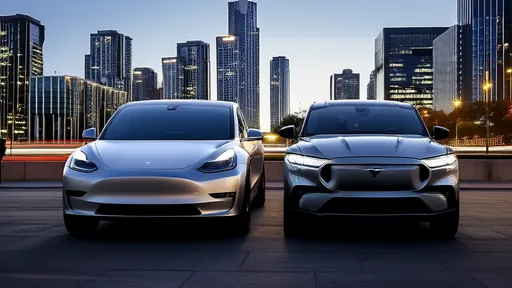
By /Jun 14, 2025
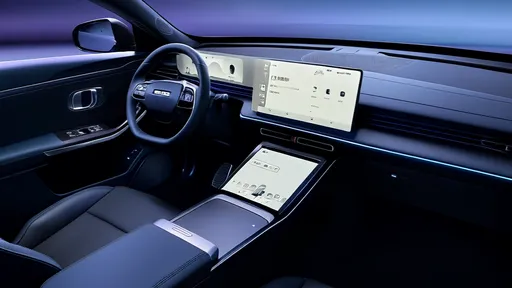
By /Jun 14, 2025
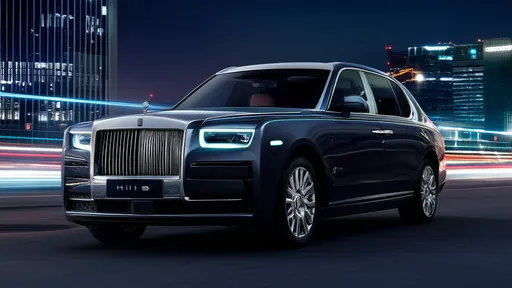
By /Jun 14, 2025
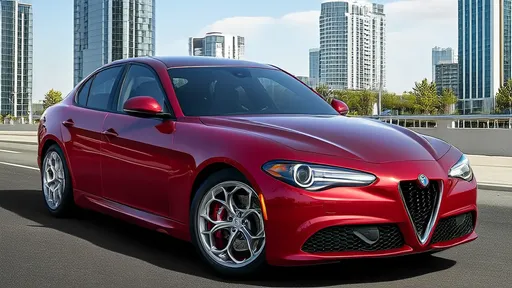
By /Jun 14, 2025
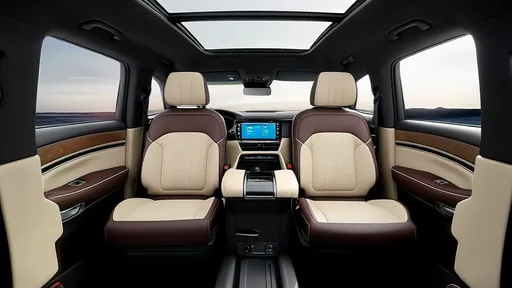
By /Jun 14, 2025
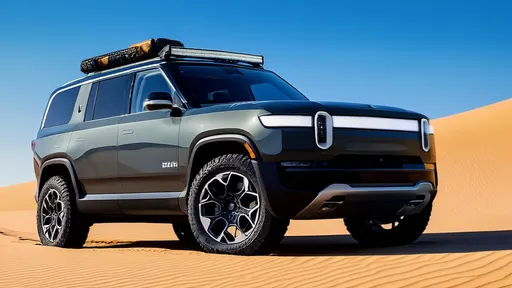
By /Jun 14, 2025
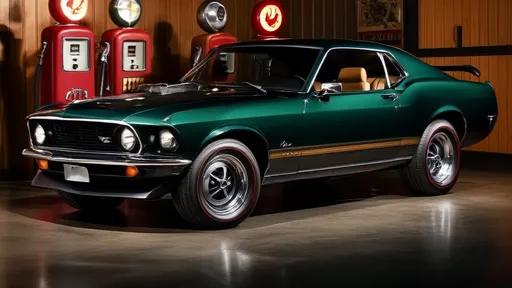
By /Jun 14, 2025
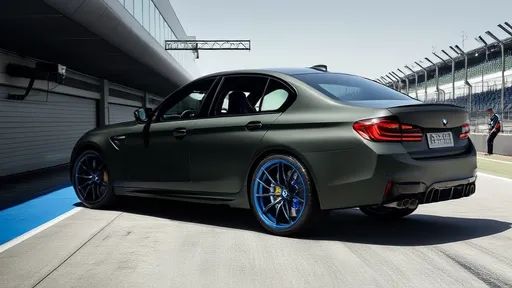
By /Jun 14, 2025
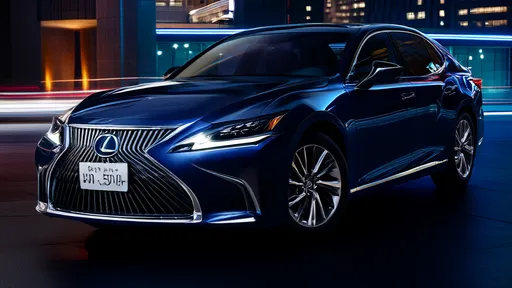
By /Jun 14, 2025
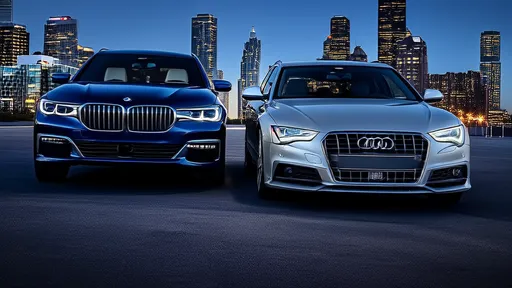
By /Jun 14, 2025
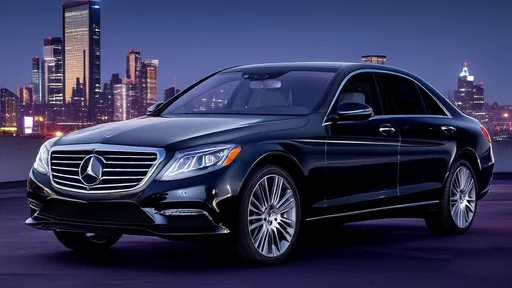
By /Jun 14, 2025
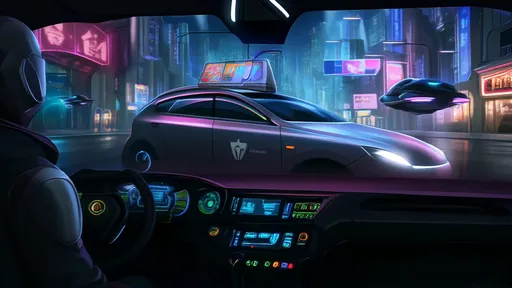
By /Jun 14, 2025

By /Jun 14, 2025
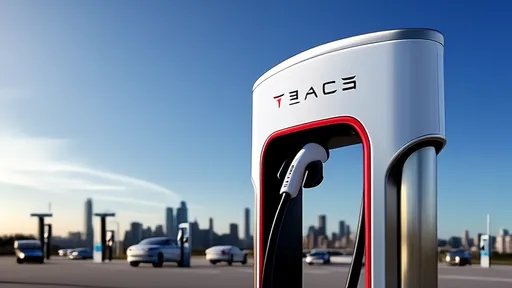
By /Jun 14, 2025
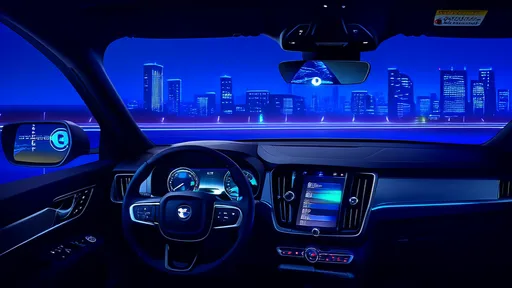
By /Jun 14, 2025
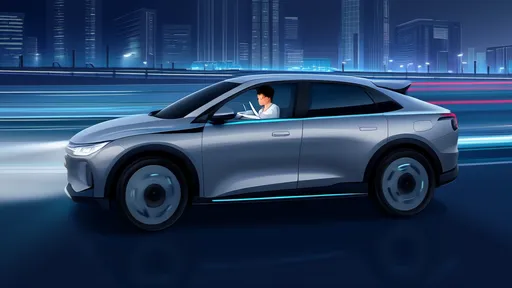
By /Jun 14, 2025

By /Jun 14, 2025